Eighteen months earlier, I had visited the Swiss Cottage Library in London with a brief to react to the space for a scenography class. On a balcony in the fiction section, looking out across the atrium, I was overcome by the feeling of being haunted by the ghosts of fictional heroines. My reaction to the space, and to the scenography brief, was to recreate this feeling for an audience in a show, one that would be performed onsite. I crafted a ten-minute piece of music and movement that fit the space, using Catherine Earnshaw from Wuthering Heights as the chosen heroine. As a literary ghost, Cathy was the perfect character to embody the feeling of a heroine haunting the library.
This short performance felt like the beginning of something bigger, and I wanted to investigate why I had chosen Cathy as a character over other literary heroines in a longer performance. Because theatre spaces were more familiar to me, my first thought was to move the full version there. I began to devise and write the second half of the show without referencing the library itself or anything in it, imagining the piece in an environment that would offer a blank slate similar to the black box spaces I was rehearsing in.
While it is possible to stage an intimate performance in a theatre with flexible specifications, moving this specific production from the library to a black box meant losing both the aesthetic atmosphere of the site and the exploratory and communal energy the library held. If I were to do it again, I would not let myself be influenced by the kinds of spaces available to me for rehearsal or those that I imagined were easier to produce a performance in. In trying to fit the extended version of Oh Heroine! into my original taught definition of theatre, I was on the road to creating something that wouldn’t fit anywhere.
In trying to fit the extended version of Oh Heroine! into my original taught definition of theatre, I was on the road to creating something that wouldn’t fit anywhere.
I thought back to why the library was important in the first place. Growing up an avid book club member, I still find bookish environments inviting and comforting. And I realized that as both a theatre practitioner and a person, I am highly influenced by my physical environment. I also understood that my interest in making this project resided first and foremost in how the audience experienced the work; they were the most important part of the project. Knowing that the library, as a site-specific venue, could invoke some of the nostalgic, comforting, and curious feelings I wanted to stir in my audience, I gave myself permission to utilize it.
It was incredibly helpful to have an ally at the library who helped me navigate how to collaborate with this non-theatre venue. I worked with a team leader from Camden Libraries who had participated in the original performance and was supportive of me developing the project further at the Swiss Cottage Library and, ultimately, on tour to two additional libraries in the Borough of Camden. This partnership meant I could regularly test ideas onsite, and it allowed me to learn to use the site beyond what it offered me in a practical sense—lots of different spaces, book shelves, an environment of familiarity—and better understand the emotional and cultural resonance of community libraries.
At this point in my process, I was developing a piece that would be performed in three different library venues, so I needed to make decisions that could be applied to all spaces. There were three areas I needed to use in each library: one with enough floor space for a the performer to dance in, one with seating somewhere within the bookshelves, and one that allowed the audience to take a journey through the library (in all three instances, this final space was on an upper floor).

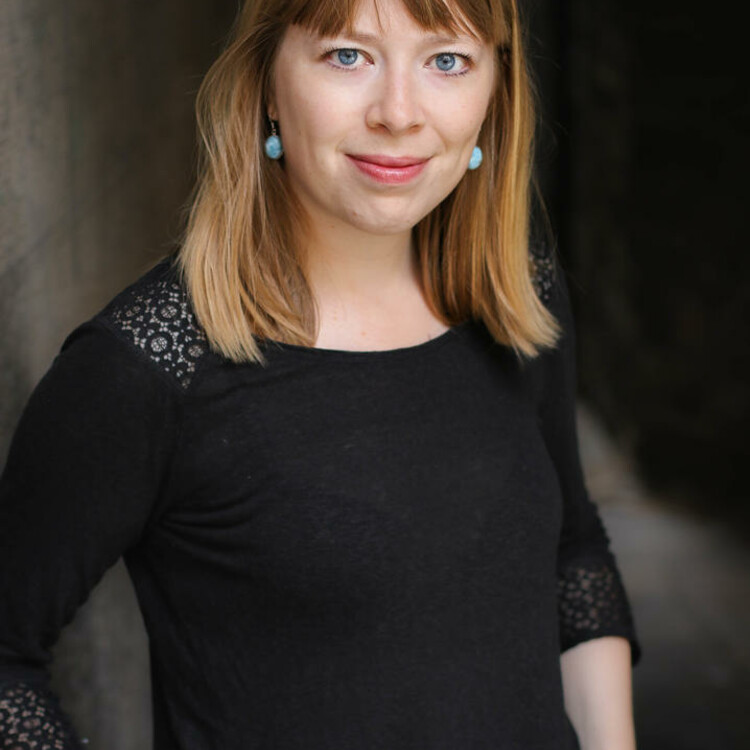
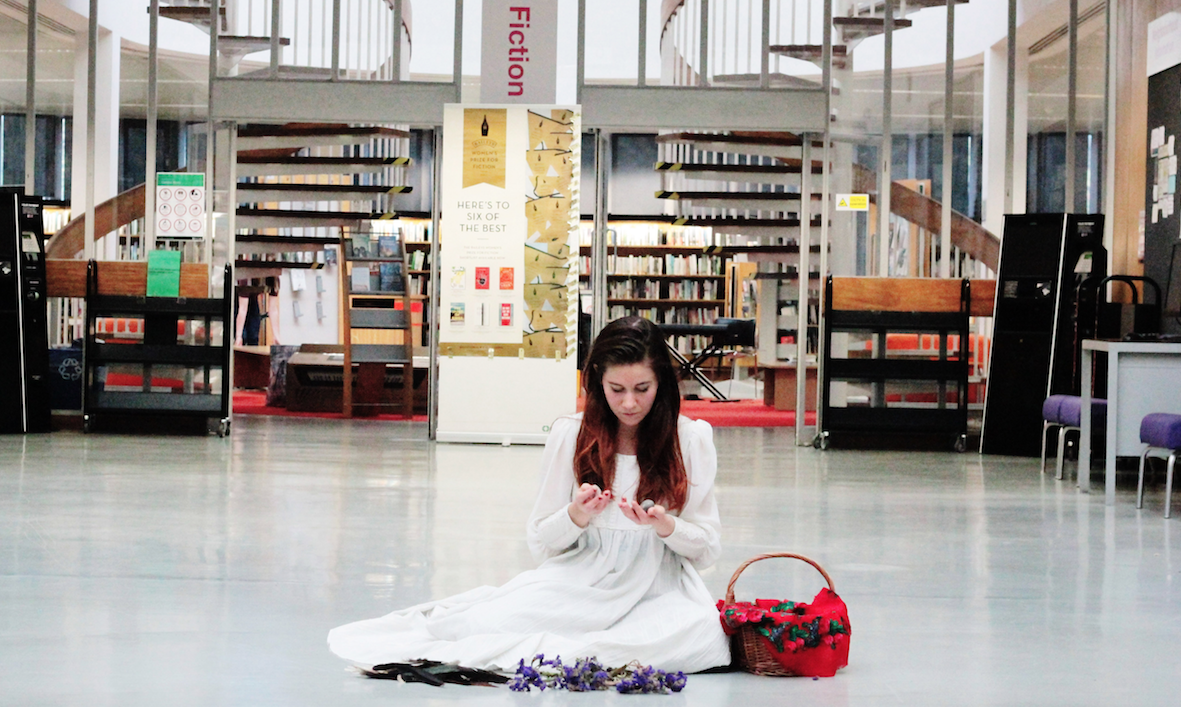
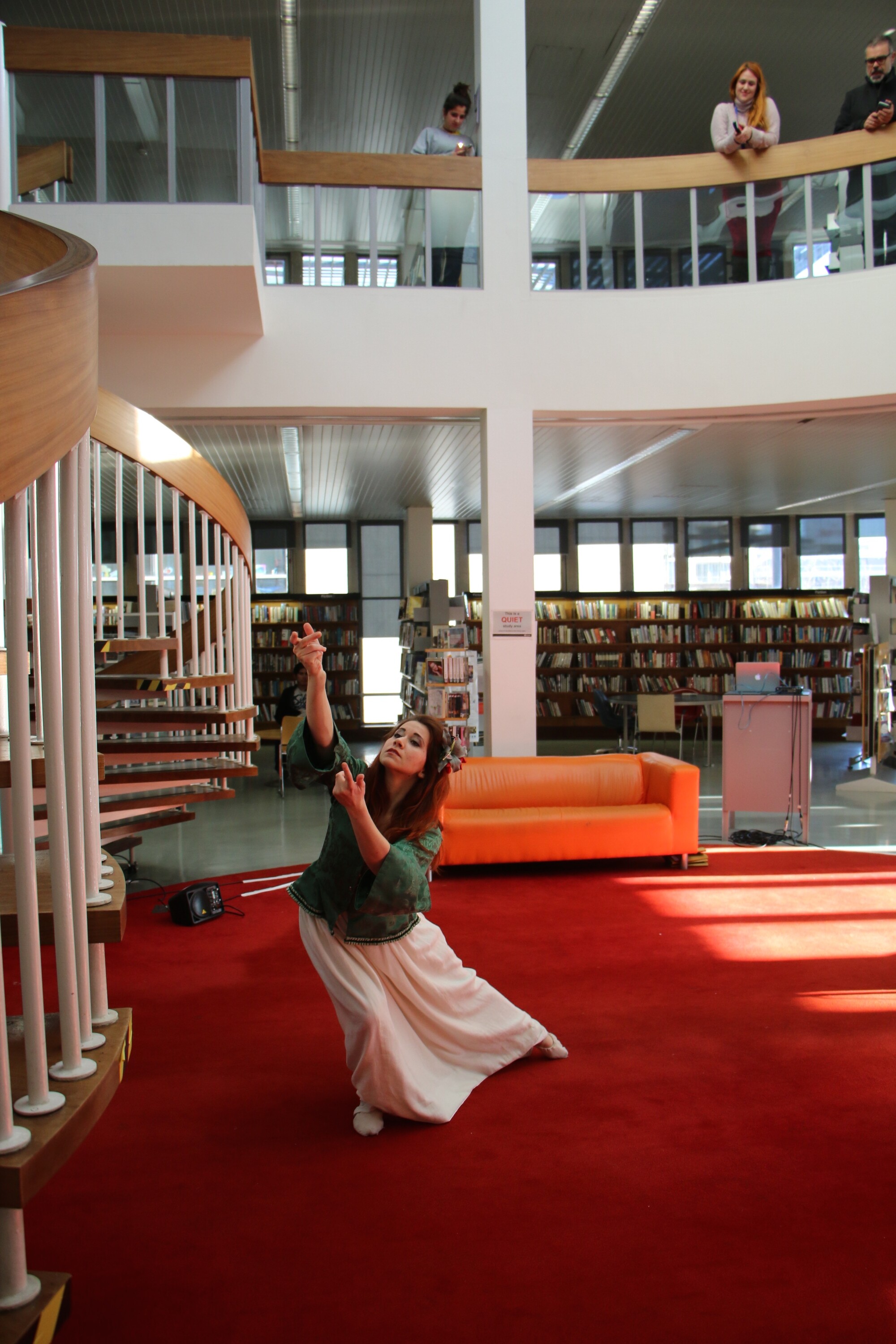
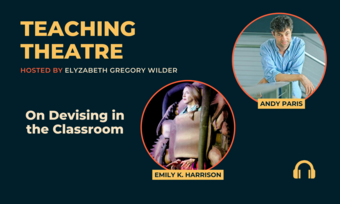



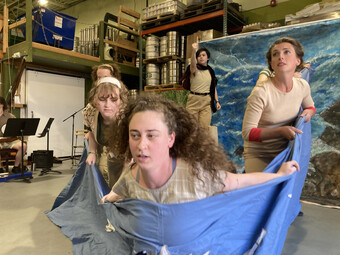

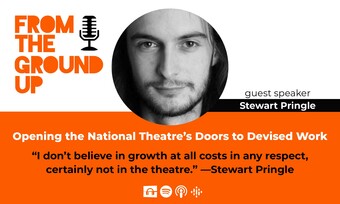


Comments
The article is just the start of the conversation—we want to know what you think about this subject, too! HowlRound is a space for knowledge-sharing, and we welcome spirited, thoughtful, and on-topic dialogue. Find our full comments policy here